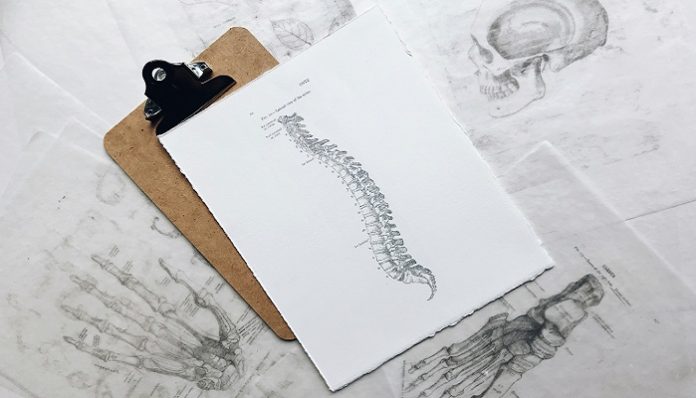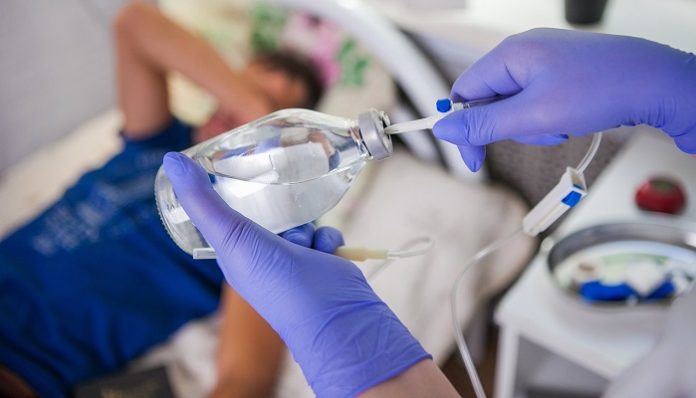Leading medical packaging manufacturer Coveris will launch a new recyclable thermoforming film Formpeel P at the COMPAMED show in Düsseldorf. The theme of this year’s exhibition, from 13th to 16th November, is sustainability. Formpeel P is the latest addition to Coveris’ portfolio of sustainable materials, which also includes Formpeel T, Flexopeel T and Cleerpeel, and provides the same functionality and safety as traditional materials, while minimising packaging and product waste.
Jan-Willem Bruijsten, Segment Director Medical at Coveris, explained: “At Coveris we have built our entire strategy around a vision of No Waste because we believe that fighting waste in all its forms is the driving force behind a more sustainable future.
“As part of this journey we launched a brand new division this year – ReCover – which offers unique recycling solutions for the packaging industry. The game-changing waste repurposing process is closing the loop by using a highly effective de-inking and mechanical recycling technology, reusing high-quality feedstock from plastic packaging to produce new packaging material.”
Sustainable and easy to use
Visitors at COMPAMED can experience at first hand the benefits of Formpeel P. This recyclable-friendly, co-extruded film is great for thermoforming and offers excellent puncture resistance. Depending on usage, it is available on a peelable polyethylene (PE) or polyolefin (PO) base. With a sustainable lidding film, the thermoforming PA-free bottom films are a sustainable solution and great protection for medical products. This solution also fits with ethylene oxide (ETO) sterilisation as well as plasma and gamma irradiation. Together with Cleerpeel, a transparent pouch based on O-PE/PE film, both solutions allow for the sterile extraction of medical products, optimum protection and ease of use using sustainable resources.
Extended shelf life and easier identification
Besides Formpeel P, visitors to the Coveris stand can also test the features of other proven solutions, like the 3-sides sealed pouch made from uncoated Tyvek® 1073B from DuPont, sealed to the Flexopeel T pouch film from Coveris. Designed to offer all-round optimum protection, the solution stands out with good puncture resistance, and the medical device packed inside can be identified quickly thanks to the transparent film. Coveris’ R&D expertise means this solution can offer extended product shelf life, depending on individual product features.
Greater flexibility and easier sealing
For medical customers producing bulk devices using form-fill-seal equipment, Coveris recommends a proven packaging solution using uncoated Tyvek® 2FS™ or 1073B sealed to a thermoformable monomaterial structure, called Formpeel T film. One of the key highlights of this PE material is that it can be produced from 100 µm up to 250 µm, meeting various product demands and replacing standard A-PET or even PET-G films. Another benefit is the low back-shrink property and good forming characteristics of Formpeel T. With its soft and fibre-free peel effect, Formpeel T ensures easy sealing and has a very nice peel against the Tyvek® styles. Besides meeting ETO sterilisation and gamma irradiation criteria, the solution reaches excellent recyclability (> 91 %) levels. This makes both material combinations easy to recycle and a very sustainable solution compared to standard packaging available on the market.
To see these new offerings live, visit Coveris on stand J25 in hall 8b from 13th to 16th November at COMPAMED in Düsseldorf, Germany.




























